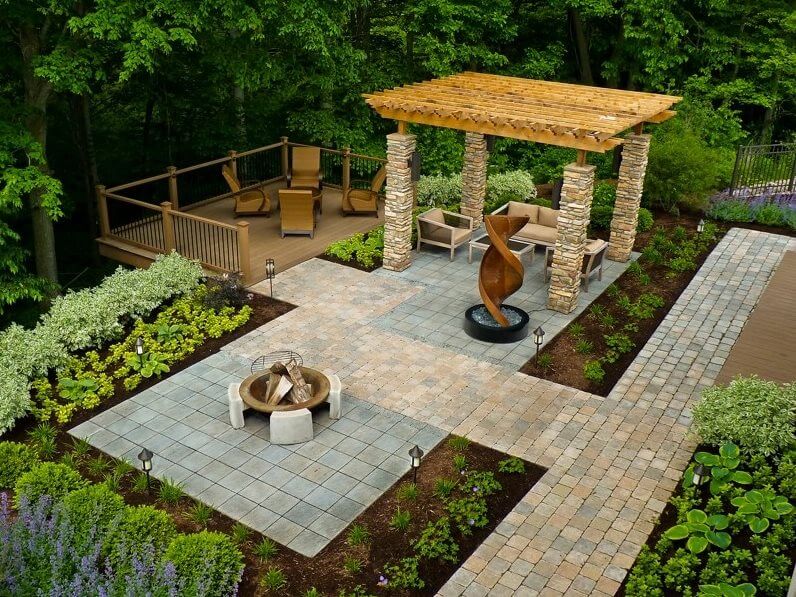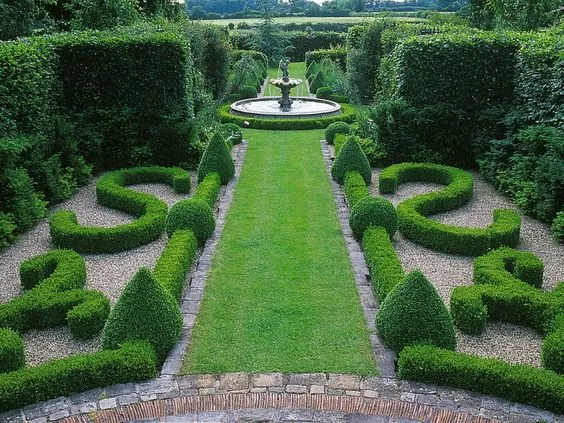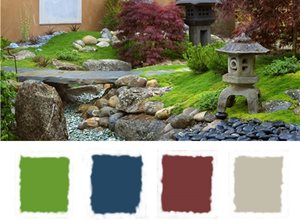Little Known Questions About Landscapers.
Little Known Questions About Landscapers.
Blog Article
What Does Landscapers Mean?
Table of ContentsLandscapers Things To Know Before You Get ThisThe Facts About Landscapers RevealedLandscapers Can Be Fun For AnyoneRumored Buzz on LandscapersWhat Does Landscapers Do?The Buzz on Landscapers
- A garden function where water is stood for by an aggregate stone product, normally a crushed rock or granite. These are most typically discovered in contemporary and Japanese garden design.- A stone or natural flagstone patio, path, or pathway developed without a concrete base. The base would certainly be compressed gravel and the joints would be an aggregate or walkable ground cover. - A rock preserving or cost-free standing wall surface developed without the use of mortar. - An underground structure that collect water and permits it to reduce percolate right into the soil around it.
Landscape style that is compatible with a websites' setting in both look and sustainability without negative impacts to the setting. Edging in the landscape is a line of separation that produces visual rate of interest in the garden by dividing one section from one more sector.
Locations can also have a sensation of "enclosure" supplied by trees, other plantings, fencings, or screens. The landscape near the entry to a structure.
3 Easy Facts About Landscapers Described

The component in a landscape layout or location in a landscape that is meant to be most prominent. The focal factor can be a plant, rock, statuary, gathering space, or various other landscape attribute.

The 9-Second Trick For Landscapers
Low plants that are allowed or motivated to spread over a location. Can refer to any kind of "tough" yard elements including statuary or boulders but many frequently is utilized to refer to courses, patio areas, and walls - Landscapers.: Elevation distinction in between the level of water in a pond (or the degree of the pump if it rests outside the fish pond) and the top electrical outlet of water which influences efficiency of the water pump in gph (gallons per hour).
A chemical made use of to regulate weeds. Fencing boards that run flat, often used in modern or Japanese-inspired landscape designs. Lines that define spaces within a landscape principle. These often prolong from corners or essential features of an existing structure. Proper use fictional lines can aid the landscape really feel linked to the home and other elements.
Conventional PNW landscapes are casual. A plant that spreads more than wanted, or into environments where it does damage.
8 Simple Techniques For Landscapers
Smart irrigation controller link evaluations and referrals here. 2-D making of the proposed irrigation system. Can consist of head positionings and protection, pipeline sizing, GPM specifications, and materials required to mount this system. An irrigation plan is normally unneeded for houses yet prevails for industrial tasks. Licensed expert that makes landscapes, schooled in engineering and design along with in horticulture.
Landscape developers normally have much less schooling than Landscape Architects and are not certified. A completed landscape design, detailing all elements for the brand-new landscape.
Calcium material used to increase the pH in soil, which will certainly make it less congenial to moss (Landscapers). A water tight HDPE material used beneath ponds, streams and waterfalls in water functions. Making use of numerous plantings of the very same variety to fill out a location in the landscape. This can lower maintenance and water use in the yard.
A mix of cement, sand, and water that is utilized in stone stonework for setting rocks and joints. A layer of garden compost or bark dust applied at the base of a plant. A mass growing of moss. A plant that was present in a geographic place before people started altering the landscape.
6 Simple Techniques For Landscapers
How the yard or a garden element is set up in partnership to an existing or new function or to a direction. Maintaining a yard without the usage of chemical herbicides, chemicals, or fertilizers. Lawns that are not cut yet grown in landscapes as perennials. This is a partly open sided leisure or leisure area that joins a residence, used for enjoyable, exterior eating and just taking pleasure in the exterior setting.

Tiny round crushed rock. Plants that give seasonal why not try these out interest and after that die back in the winter months. Annuals do not come back the following period, yet perennials do. Cold period yard that is the most usual turf lawn in Rose city, OR et cetera of the PNW.An open roofed structure over an outdoor patio or various other landscape function.
Basalt accumulated varying in size from 1/4" down to dust. The most usual landscape gravel in the PNW. Area of the landscape developed to deal with rainfall water up until it can saturate right into the ground. A chain that manages water as it takes a trip from a roofing gutter to the ground. Yard framework that creates a planting area that is consisted of and greater than the surrounding quality.
Structure made from timber, concrete, paving stones, blocks or various other products for stabilizing slopes and preventing extreme erosion. Slim watercourse. Developing a garden feature consisting mostly of rocks with growings that match and can flourish in the rough environment. Sprinkler go to this site head style that revolves a stream of water across an area.
Not known Facts About Landscapers

Report this page